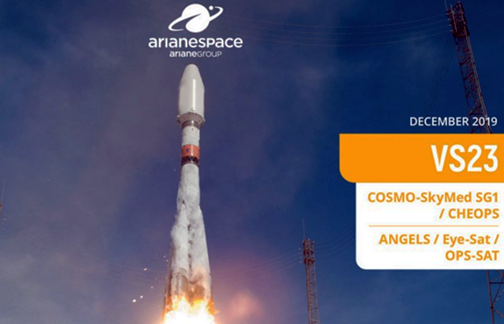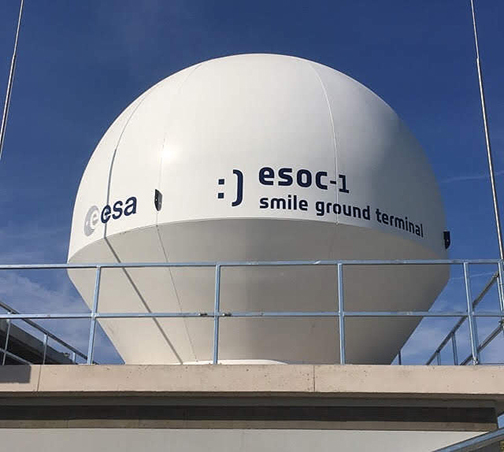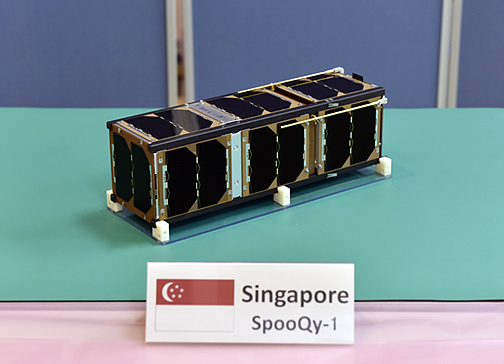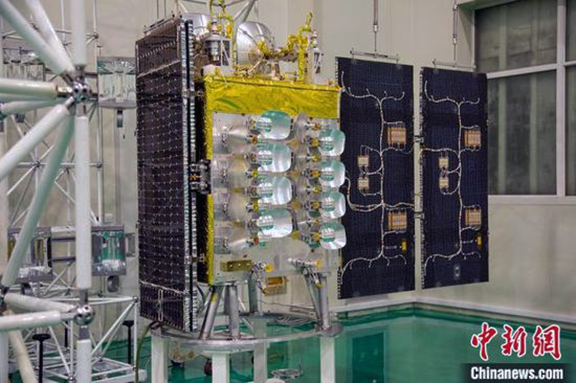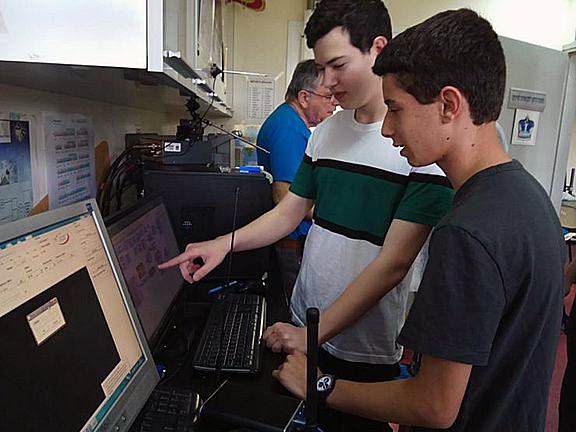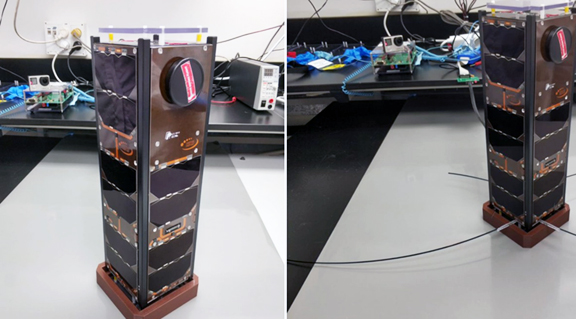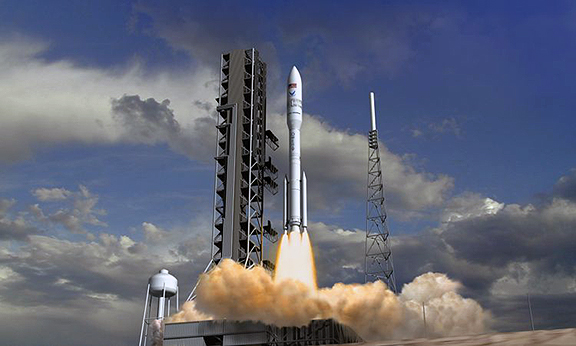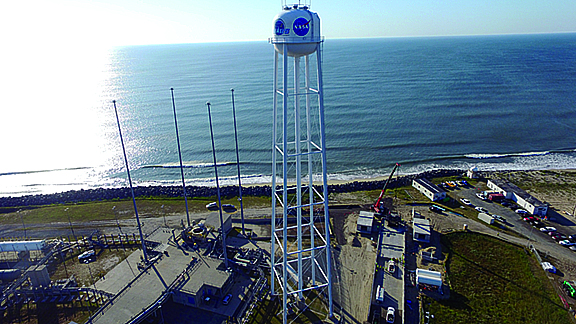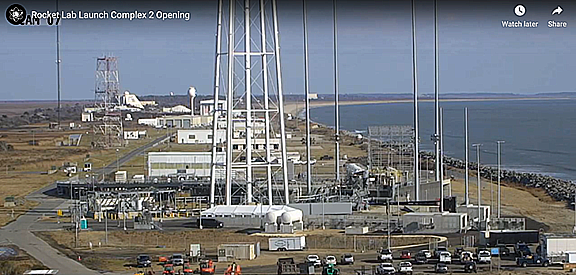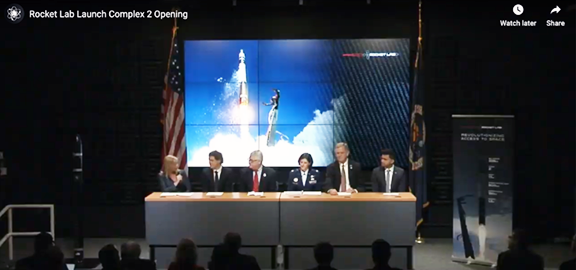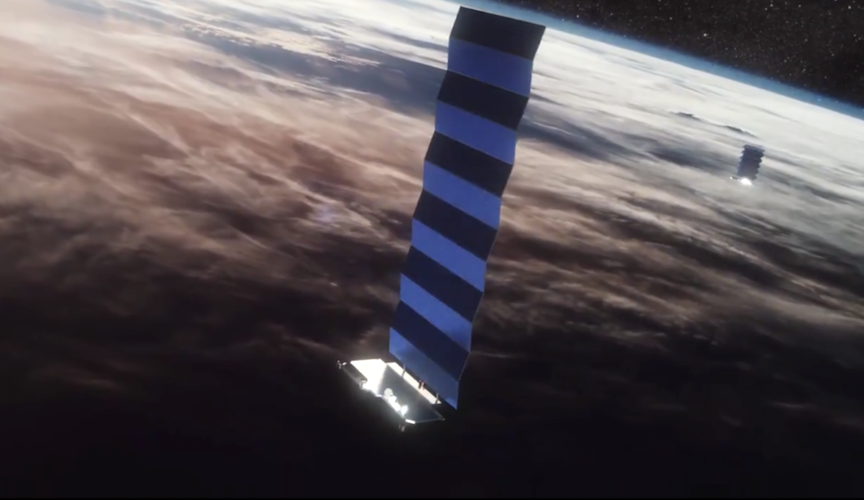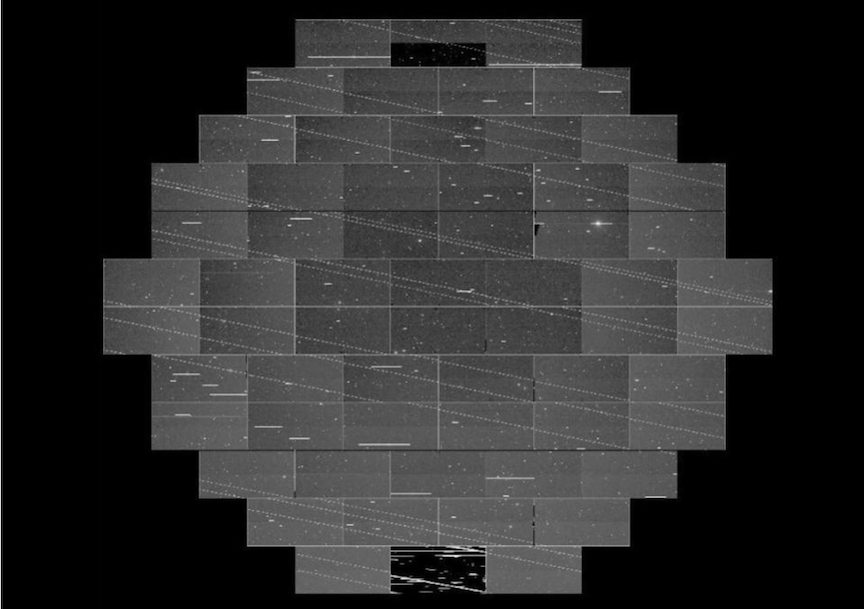
GomSpace (GS) and Lockheed Martin Space have agreed to develop and deliver a tailored GS 6U smallsat to Orbital Micro Systems (OMS) in the United Kingdom (UK).

The contract is worth 17 MSEK and will be financed through an industrial corporation commitment made by Lockheed Martin to the state of Denmark.
The project stems from initial introductory meetings first held in 2017, during B2B17 a business networking event aimed at developing new business relationships for the US-based technology company in Denmark.

OMS has developed a proprietary microwave sensor with significant potential to add value to weather forecasting and climate understanding to the benefit of users in a range of commercial and institutional segments. OMS is planning a future nanosatellite constellation to capture data for their intended service offerings and is currently in the early stages of constellation deployment.
Lockheed Martin will financially assist GS to design, develop an optimised 6U smallsat platform for the OMS sensor and GS will deliver the integrated 6U satellite to OMS by the end of 2020 for expected launch and evaluation in 2021. Lockheed Martin will also assist GS by providing technical assistance to review and improve GS quality systems, as well as enhance the smallsat’s design life.
OMS, established both in the United States and the UK, consists of an experienced team with unique microwave technology and application knowledge. For Lockheed Martin, which has launched more than 150 smallsats, investing in this project aligns with the company’s expectations that many future space missions will be flown using hybrid architectures with a mixture of SmallSats and traditional larger satellites in a variety of orbits.
Niels Buus, the GomSpace CEO, said this is an exciting opportunity to demonstrate how GomSpace’s flight-proven systems can be tailored into a dedicated solution for OMS that will hopefully prove itself as the building block for OMS’ intended constellation.
CEO, William Hosack, from OMS, added that the company looks forward to working with GomSpace and are truly impressed with their demonstrated capabilities in space and the prospect of leveraging these capabilities in a new 6U platform, adding robustness to the company’s supply chain.
Amber Gell, International Advanced Programs Development Manager from Lockheed Martin, noted the company is pleased to be able to bring together this project to help create a state-of-the-art nanosatellite and microwave sensing capabilities.

